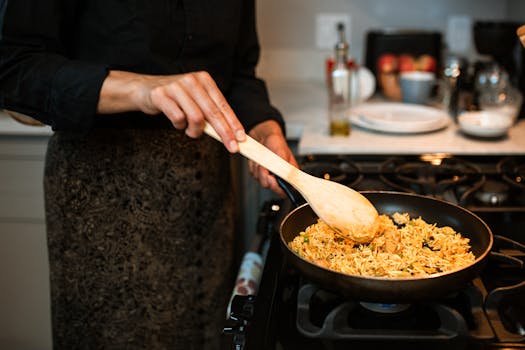Learn to Cook Authentic Paella and Organize a Spanish Dinner to Surprise Your Friends
Paella, a vibrant and flavorful dish originating from the Valencia region of Spain, is more than just a meal; it’s a culinary experience that brings people together. With its rich history and diverse ingredients, learning to cook authentic paella can be a delightful way to impress your friends and create a memorable dining experience. In this article, we will explore the origins of paella, the essential ingredients, cooking techniques, and tips for organizing a Spanish dinner that will leave your guests raving.
The Origins of Paella
Paella has its roots in the rural areas of Valencia, where it was traditionally made by farmers and laborers. The name “paella” comes from the Old French word “paelle” for pan, which reflects the dish’s cooking method. Originally, it was a simple meal made with rice, vegetables, and whatever proteins were available, such as rabbit or snails. Over time, the dish evolved, and today, it is celebrated worldwide in various forms, including seafood, mixed, and vegetarian paellas.
Essential Ingredients for Authentic Paella
To create an authentic paella, it’s crucial to use the right ingredients. Here’s a list of the essential components:
- Rice: Use short-grain rice, such as Bomba or Calasparra, which absorbs flavors well and maintains its texture.
- Broth: A rich, homemade broth (chicken, seafood, or vegetable) enhances the dish’s flavor.
- Saffron: This precious spice gives paella its distinctive yellow color and unique taste.
- Proteins: Choose a combination of chicken, rabbit, and seafood (like shrimp, mussels, and calamari) for a mixed paella.
- Vegetables: Bell peppers, green beans, and tomatoes are commonly used.
- Olive Oil: A staple in Spanish cuisine, it adds richness to the dish.
- Garlic and Onion: These aromatics provide a flavorful base.
Cooking Techniques for Perfect Paella
Cooking paella is an art that requires attention to detail and patience. Here are some key techniques to ensure your paella turns out perfectly:
- Use a Paella Pan: A wide, shallow pan allows for even cooking and the formation of the coveted socarrat (crispy bottom layer).
- Layering Flavors: Start by sautéing the proteins and vegetables before adding the rice and broth to build depth of flavor.
- Don’t Stir: Once you add the rice, avoid stirring to allow the socarrat to form.
- Let it Rest: After cooking, let the paella sit for about 5-10 minutes before serving to enhance the flavors.
Organizing a Spanish Dinner
Once you’ve mastered the art of paella, it’s time to plan a Spanish dinner that will wow your friends. Here are some tips to create an unforgettable evening:
- Set the Scene: Decorate your dining area with Spanish-themed decor, such as colorful tablecloths, candles, and traditional ceramics.
- Pair with Spanish Wines: Offer a selection of Spanish wines, such as Rioja or Albariño, to complement the meal.
- Include Tapas: Start the evening with a variety of tapas, such as patatas bravas, chorizo, and olives, to whet your guests’ appetites.
- Play Spanish Music: Create a lively atmosphere with traditional Spanish music or flamenco tunes.
- Engage Your Guests: Encourage your friends to participate in the cooking process, making it a fun and interactive experience.
Conclusion
Cooking authentic paella and organizing a Spanish dinner is a fantastic way to showcase your culinary skills and create lasting memories with friends. By understanding the origins of paella, using the right ingredients, mastering cooking techniques, and planning an engaging dinner, you can surprise your guests with a delicious and culturally rich experience. So gather your ingredients, don your apron, and get ready to transport your friends to Spain with every bite of your homemade paella!
